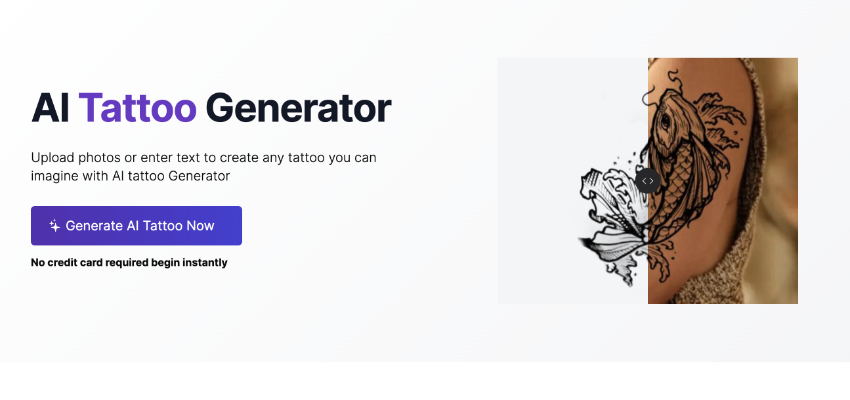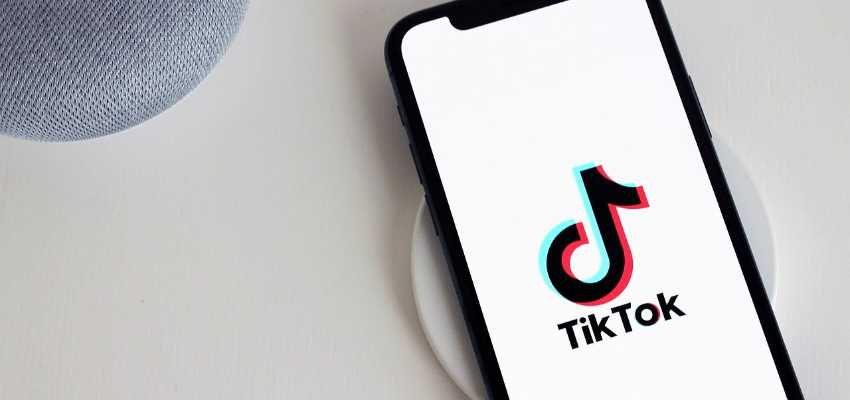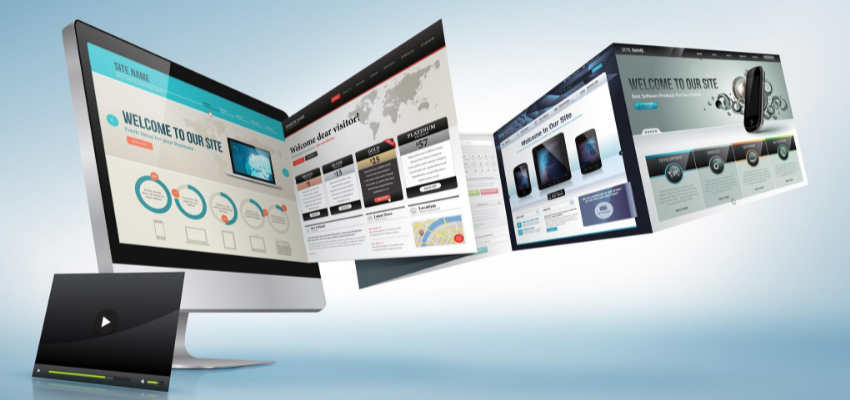Show:
A Closer Look at Telehealth Apps: Why Do People Still Use Them?
When the pandemic hit the world back in 2019, many people switched to remote activities – work, school, grocery shopping, and more. One of the sectors most affected by the event was, of course, the healthcare industry. Many new patients needed care but were afraid to leave their houses and see their doctor face-to-face.

It was the time when telehealth apps noted a huge increase in downloads and new subscriptions. Almost every healthcare app development company had their hands full of work to satisfy the demand.
Even now, when the COVID-19 restrictions have mostly been lifted, plenty of people choose telemedicine. Why does the trend continue? Should we expect a massive shift of patients from clinics and hospitals to the front of their laptops and mobile phones? We will now dive deeper into the topic and discuss, what are the future expectations for the telehealth market.
The Pandemic Crisis: Telehealth on the Rise
As we have mentioned, the COVID-19 virus planted a seed of anxiety in people all across the world, and affected their preferences towards receiving healthcare. With the risk of infection, not many wanted to go out in search of medical advice. In the United States alone, the number of telemedicine appointments has increased by an astounding 766% in the first three months after information about the pandemic went public. The technology has also proved to be effective for people living in remote areas without easy access to medical practitioners and patients with mobility issues.
It is perfectly understandable that millions of individuals wanted to avoid risking their own health and, in some cases, lives. The existence of telemedicine services was never so praised. Over four years after the pandemic has started, people still often choose remote appointments instead of face-to-face consultations.
Why Do People Still Use Telehealth Apps?
There is no one single answer to this question, as it largely depends on the individual. There are many prominent reasons for people to continue working on telehealth app development, but most revolve around making the patient’s life easier.
Higher Convenience
Many people who still choose telehealth apps instead of traditional in-person appointments do so because they enjoy the comfort of seeing a doctor while staying at their own homes. It is easier to schedule a video call than to fit a regular consultation in a busy life. Since face-to-face visits take more time due to the need to dress up properly, drive or walk to the clinic, and then wait in the waiting room for an unspecified amount of time, many find telehealth apps to be the better option. It is an especially convenient choice in busy cities with high traffic and unreliable transport, as well as in remote areas where there may be no doctor nearby.

Lower Costs
Telehealth apps allow people to schedule and attend doctor appointments from any place they want, as long as they have an Internet connection. Seeing as most Americans now own a smartphone, it makes it accessible to more people than a traditional visit would be. There is no need to pay for the fuel or tickets to travel to the clinic with a non-life threatening illness or to get a prescription for a regularly taken medication. For those without insurance, online consultations may be less expensive than in-person ones, so those with tight budgets may choose telehealth out of necessity, too.
A Choice of Doctors
Another reason for choosing telehealth is its wide selection of medical specialists. Oftentimes, access to specialists like neurologists, dermatologists, or oncologists is limited in smaller cities or remote areas. Telehealth apps allow patients to access these doctors, even those from the other side of the country. In some cases, booking an online consultation with a doctor from another country is possible. Additionally, if patients aren’t satisfied with the doctor who treated them before, they can easily browse the Internet for another one.
Personal Comfort
Some patients, especially those struggling with mental health conditions, might feel better when not talking to a medical specialist in person. With telehealth apps, they can choose an audio call or even a text chat if they are not comfortable with talking. This may provide them with a much-needed sense of being treated in a way they prefer instead of being forced to go out and seek help in a clinic. Trustworthy mental health experts are also harder to find than general practitioners, so being able to browse through different apps and contact the one the patient deems the most fitting is a large advantage.
What are the Other Benefits of Telemedicine?
Telehealth apps do not only benefit the patient – they are also beneficial for medical providers. Online consultations require fewer resources from the hospital, for example, in terms of disinfecting the space and equipment in case of patients sick with viral or bacterial infections. Another great advantage is the easier access to medical records – some telehealth apps are integrated with systems that hospitals and clinics use to store and manage patient data.
Doctors and nurses can also enjoy the extra convenience provided by remote appointments – they do not have to waste their time on traveling to homebound patients and can spend it treating those needing immediate attention at the physical clinic. They can also fit more patients into their schedule, thus being able to provide care to more people than they would with in-person visits.
Are Telehealth Apps Here to Stay?
There is no indication that telemedicine will leave our lives anytime soon. Even though some thought that after COVID-19 restrictions were lifted, it would decrease in popularity, the statistics prove otherwise.
Telemedicine continues to grow, and new telehealth apps appear on the market regularly, offering new functionalities, improved user experiences, and even greater convenience for everyone involved.
With telehealth appointments being as effective as in-person visits in many cases, there is no reason to believe that they will cease to be popular. In fact, their popularity may grow as more and more people use them as a default option for their basic healthcare needs.

 Return to Previous Page
Return to Previous Page








